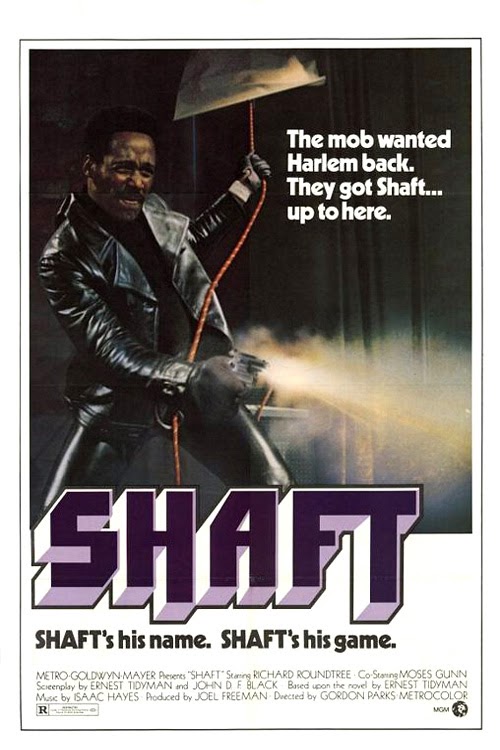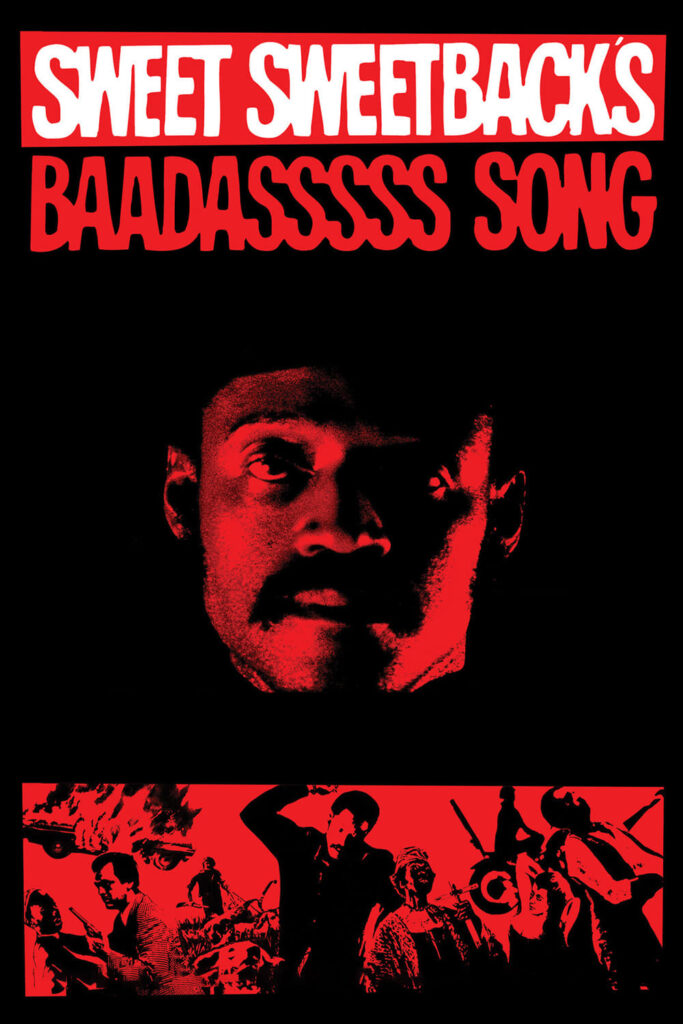
The Significance of the Blaxploitation Film Era: A Revolution in Cinema and Society

By Tyson Graves
The Blaxploitation film era, which emerged in the 1970s, holds a distinctive and essential place in the history of American cinema. These films represented a groundbreaking shift in the portrayal of African American characters on screen and contributed significantly to reshaping societal perspectives. This article delves into the profound importance of the Blaxploitation film era and its lasting impact on both the film industry and American culture.
Blaxploitation, a portmanteau of “black” and “exploitation,” refers to a subgenre of films that were primarily produced and marketed to African American audiences. It gained momentum in the early 1970s, marking a departure from the conventional, stereotypical representations of black characters in Hollywood. Films like “Sweet Sweetback’s Baadasssss Song” (1971) and “Shaft” (1971) are often cited as the pioneers of this movement.
At the heart of the Blaxploitation era was the empowerment of African American characters. For the first time, black protagonists were portrayed as complex, multifaceted individuals with agency and resilience. These characters defied traditional stereotypes and engaged with issues relevant to the African American community, such as racism, social injustice, and economic inequality.
One of the defining features of Blaxploitation films was their memorable soundtracks. Many of these films incorporated the soulful and funky music of the era, featuring artists like Isaac Hayes, Curtis Mayfield, and James Brown. These soundtracks not only enriched the viewing experience but also became iconic in their own right, contributing to the popularization of funk and soul music.
Blaxploitation films enjoyed considerable commercial success, demonstrating the economic viability of movies that catered to African American audiences. Films like “Super Fly” (1972) and “Coffy” (1973) were made on modest budgets but generated substantial box office revenues, leading Hollywood studios to take notice of the untapped potential in African American cinema.

The Blaxploitation movement extended beyond the silver screen. These films offered a platform for African American actors, directors, writers, and producers to challenge the status quo of Hollywood. They demanded more creative control, equal opportunities, and accurate portrayals of black experiences in the industry. This cultural and artistic revolt paved the way for greater diversity and representation in the entertainment world.
Blaxploitation films left an indelible mark on the next generation of filmmakers, many of whom cite these movies as sources of inspiration. Directors like Spike Lee, John Singleton, and Quentin Tarantino have acknowledged the impact of Blaxploitation on their work, embracing similar themes of social consciousness, empowerment, and authenticity in their films.
The legacy of the Blaxploitation film era continues to reverberate in contemporary cinema. Films such as “Black Panther” (2018) and “Get Out” (2017) have drawn on the empowerment and social commentary inherent to Blaxploitation, making them critical and commercial successes. Furthermore, the demand for diverse storytelling and representation in film is stronger than ever, with the Blaxploitation era acting as a catalyst for this ongoing movement.

The Blaxploitation film era was not just a cinematic trend; it was a cultural revolution. These films provided a voice to African American communities, offering authentic portrayals of their experiences and challenging the stereotypes that had plagued Hollywood for decades. The movement empowered African American characters and artists and reshaped the film industry, contributing to the ongoing fight for diversity and equal representation in cinema. The Blaxploitation era is a testament to the power of film as a medium for social change and a lasting influence on the world of entertainment and culture.







